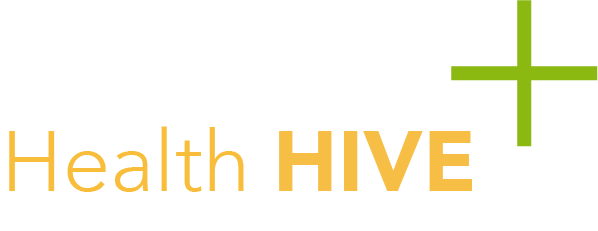Shocking Hygiene Trends on TikTok: Do Americans Need Hygiene Education?

Introduction
TikTok has rapidly become a digital trendsetter, shaping behaviors and influencing millions, particularly among Gen Z. While some viral routines promote health, others raise red flags about how hygiene is understood and practiced in America. This piece explores whether current TikTok trends reveal gaps in hygiene education and what can be done to address them.
The Rise of Hygiene Trends on TikTok
TikTok trends like the “clean girl aesthetic,” “skincare routines,” and “self-care Sundays” have captivated users. While many trends are rooted in good intentions, others veer into questionable territory, raising eyebrows among healthcare experts.
The “Caveman Skin” Movement
Popularized by influencers like Tia Zakher, the “Caveman Skin” trend advocates for ditching all skincare products. It’s based on the belief that the skin can regulate itself if left alone.
However, dermatologists disagree. Experts from the American Academy of Dermatology stress that abandoning all skincare, especially cleansers and sunscreen, can cause more harm than good.
- Source: Parents.com – Caveman Skin Trend
- Source: American Academy of Dermatology
The “Everything Shower” Phenomenon
Contrary to minimalist trends is the elaborate “Everything Shower.” Users showcase lengthy routines involving hair masks, exfoliation, shaving, and moisturizing—often lasting more than an hour.
While thorough hygiene is beneficial, dermatologists caution against over-cleansing, which can strip skin of essential oils and damage the microbiome.
Educators Addressing Hygiene in Schools
Some teachers are using TikTok to talk candidly about hygiene problems among students. Teachers like Ms. C (@buttabella) and K Ravenell (@kinom92) are urging young people to use deodorant, brush teeth, and shower regularly—especially during warmer seasons.
- Source: TikTok – @buttabella
- Source: TikTok – @kinom92
Mental Health and Hygiene Neglect
Poor hygiene can often be a sign of deeper issues. Several TikTok creators have opened up about neglecting hygiene due to depression, ADHD, or childhood trauma—sparking conversations about compassion and understanding.
Organizations like Mental Health America emphasize how mental health challenges can manifest through hygiene lapses, particularly among teens.
- Source: Mental Health America
- Source: TikTok – Hygiene and ADHD
The Role of Healthcare Professionals on TikTok
Healthcare professionals are now using TikTok to correct misinformation. Figures like dental hygienist Whitney DiFoggio (“Teeth Talk Girl”) use engaging videos to educate users on oral hygiene, brushing technique, and flossing.
- Source: Dimensions of Dental Hygiene
Medical TikTokers fill the gap left by insufficient school hygiene programs, providing essential information in a way that’s digestible and fun.
Cultural Perspectives on Hygiene
TikTok also brings cultural hygiene habits into focus. A now-viral video by a white creator highlighted how cleanliness standards differ in Black households—opening up broader discussions on hygiene norms and cultural upbringing.
Performative Cleanliness and Social Media
“CleanTok” videos are wildly popular, showing spotless kitchens, intense body care regimens, and high-end product hauls. But this “performative hygiene” can create unrealistic expectations and contribute to anxiety or shame for viewers who can’t keep up.
- Source: Vox – Performative Cleanliness
The Need for Comprehensive Hygiene Education
Current TikTok trends reveal gaps in hygiene knowledge and behavior—some harmful, some helpful. The need for structured hygiene education is evident, starting from elementary school and reinforced throughout adolescence.
Programs like the CDC’s “Healthy Schools” initiative aim to include hygiene in health education, but implementation varies by district.
- Source: CDC – Healthy Schools
FAQs
1. What is the “Caveman Skin” trend?
A skincare minimalist trend where people stop using all products. Dermatologists warn it may worsen acne or cause irritation.
2. Are “Everything Showers” healthy?
They can be if done occasionally. Experts recommend avoiding daily use due to the risk of over-cleansing.
3. What are educators doing to promote hygiene?
Teachers are taking to social media to provide tips and urge students to maintain personal cleanliness.
4. Can hygiene neglect signal mental health issues?
Yes. Conditions like depression or ADHD can lead to lapses in hygiene, especially in teens.
5. How are professionals using TikTok for health education?
Doctors and hygienists share bite-sized educational videos to dispel myths and teach healthy habits.
6. How do cultural backgrounds affect hygiene norms?
Hygiene practices often differ by culture. TikTok has become a place for these differences to be discussed and understood.
Conclusion
TikTok trends offer a unique lens into America’s hygiene habits. Some trends inform and inspire, while others expose glaring gaps in hygiene literacy. A combination of digital engagement, school-based programs, and mental health awareness is key to building a well-informed, hygiene-conscious society.

























































